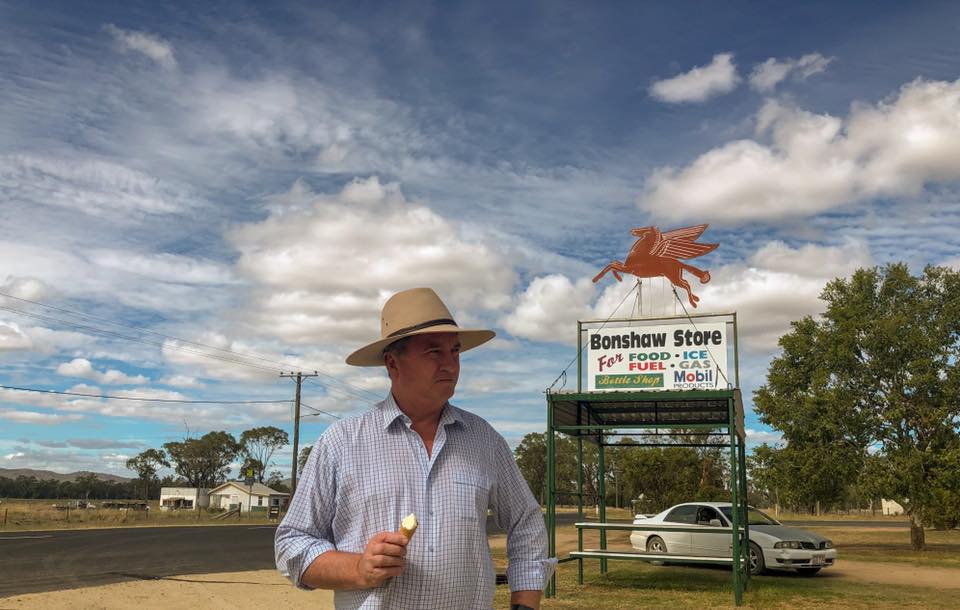It hasn’t been a good start to the year for the National Party, which has spent the first two months of 2020 embroiled in controversy and internal battles. But who are the Nationals, what is their role in government – and why should you care? Lachlan Keller explains.
The history
The Australian Government is currently being run by “the Coalition”, which is actually a cooperative of the two major right/centre-right leaning parties in the country: the Liberal Party, of which Prime Minister Scott Morrison is the leader, and the National Party, lead by Michael McCormack.
The Coalition is sometimes referred to as the Liberal-National Party, or LNP, though the two parties have only officially merged on a state level in Queensland and the Northern Territory.
These two parties have worked in similar coalitions since the 1920s, largely in opposition to the centre-left Australian Labor Party, or ALP. The political partnership works because the two parties are ideologically similar, and would be competing for much of the same voter base if they were to run against each other for government.
The two parties direct their own resources where they are most popular; the Nationals with conservative politics aimed at supporting rural communities and values, and the Liberal Party with a neo-liberal platform which has historically found more support in wealthier urban areas.
An important agreement of the Coalition is that, when in power, the leader of the Liberal party will be the Prime Minister and the leader of the National party will be the Deputy Prime Minister.
The sports rorts
Early this year a report from the Auditor General emerged showing the federal government had awarded more than $100 million in grants to sporting organisations in key electorates either held, or targeted by, the Coalition in the six months leading up to the 2019 federal election.
Support from the Prime Minister’s office initially kept Sporting Minister and Nationals Deputy Leader Bridget McKenzie from stepping down amid the outcry over what appeared to be an attempt to buy votes.
Ms McKenzie ultimately did have to resign from ministry due to a conflict of interest when it was revealed she was an undisclosed member of a rifle club which was the recipient of $35,980 in federal grants her office had allocated.
The scandal continued for the Prime Minister however, as further reporting found that more than 40 per cent (290 in total) of the sporting organisations were ineligible for funding in the first place.
The spill
The resignation of Ms McKenzie lead to a leadership “spill”, or party room vote, for new leadership within the Nationals, where former party leader and deputy PM Barnaby Joyce challenged current leader Michael McCormack for the top job.
Mr Joyce’s attempt was ultimately unsuccessful. But due to party protocol dictating results of spills not be revealed, the margin is unclear. Drought Minister David Littleproud was installed as the new Deputy Leader.
Resources Minister Matt Canavan resigned from Cabinet in order to support Mr Joyce, and has now been replaced by Queensland MP Keith Pitt.
Mr Joyce was formally the leader of the Nationals from 2016 to 2018 until stepping down from the role amid controversy surrounding an affair with a younger member of his staff – something well covered by the media and an explainer in its own right.


